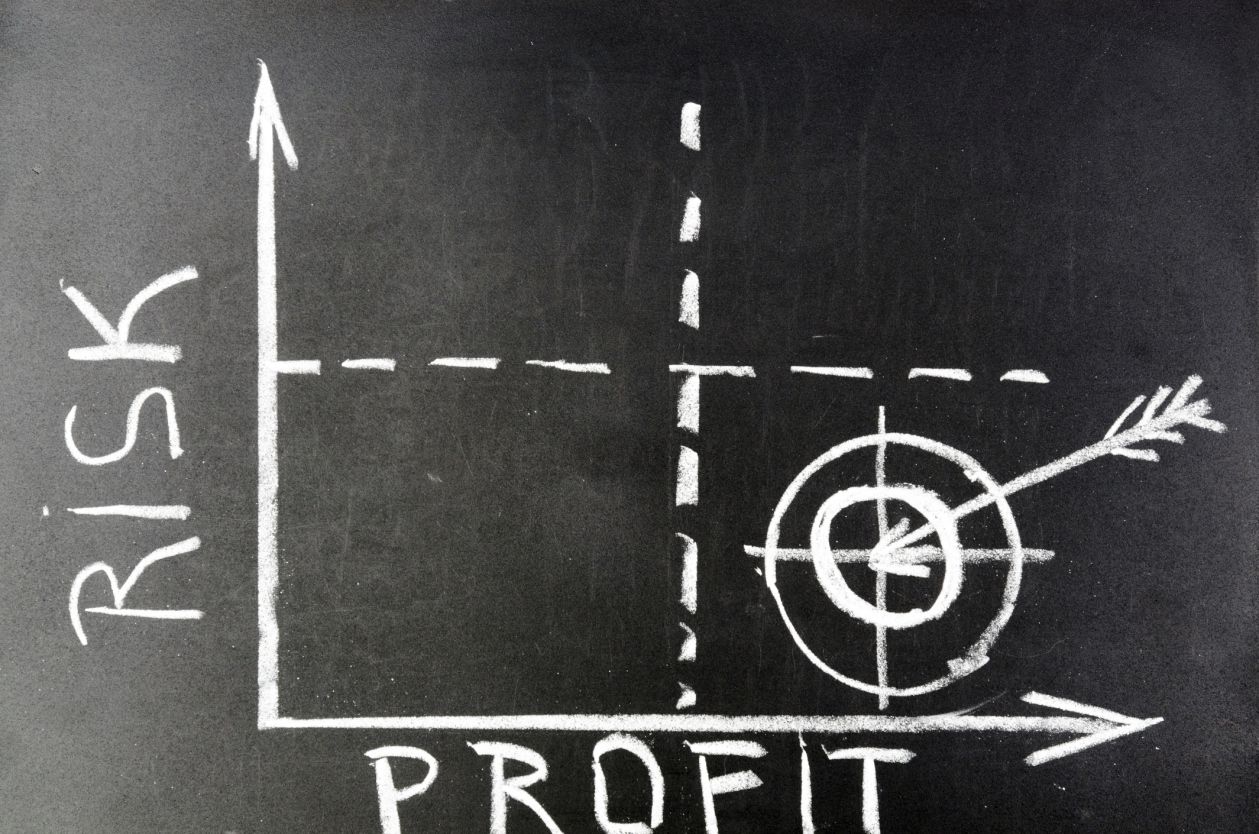Why 1-Percent Risk Rule is Stupid for Risk Management
So, I was practising this one-percent risk rule for the last couple of months. It states that you should only risk 1% of your trading capital per trade. For example, a $1,000 trading account should only lose $10 in a trade set-up. Find your stop loss area and make sure you only lose $10 when it triggers. Other gurus say, it should be 2% so that’s $20 per trade. The idea here is when you are in a losing streak, you won’t blow up your account. 10 consecutive $10 losses is just $100 off your $1,000 trading account. I think this rule is very rigid which doesn’t result in making real profits in trading because with $10 positions, you won’t get far with $15 - 20 profits (TP levels at 1.5 to 2x). What’s the use of 50x to 100x leverage if this is the case?
I believe it still depends on the situation. If the price action is too chaotic to decipher, a rigid stop loss placement with a set amount of acceptable loss is not even practical especially when the price action is obviously hunting stop losses. Secondly, if you’re 110% certain that the price will move in your direction, you might reconsider increasing the risk to gain more potential profit.
The problem with setting a low risk amount such as 1% - 2%, you have to set take profit levels around 1.5x to 2x from your entry which often goes beyond the resistance/support levels where you see the price changing direction again.
I agree with Nial when he said:
There are some VERY big problems with the 2% rule if you are an active Forex swing trader who generally is only in one or two positions at a time, holding them for a few days or maybe a week on average…
Forex also applies to crypto or Bitcoin trading in that your trading account should be thought as a margin account and account is arbitrary where you really only need to keep enough money in your trading account to cover the margin of your position.
Nial also said:
The 2% rule is nothing more than propaganda spread by brokers to see you lose slowly, it helps you stay in the game longer… which is great for the broker because they collect more commissions and spreads. The 2% rule is really for losing traders to lose their money slowly…if you’re winning it’s not going to work to your advantage like it seems like it will in theory.
Anyway, Mr. Fuller said we need to determine how much we are comfortable with having at risk at any one time in the market, and only risk that dollar amount or less. He said we should use dollars risked per trade and what our personal risk tolerance is.
Let’s assume my trading skill diminished from 85% win rate to 60%. So, it’s like 2R or 66%. If I want to earn $2,000 a month at five trading sessions a week, I should have $4,000 profit and $2,000 loss in a month, a net of $2,000. That means $200 profit and $100 loss per trading session (could be 10 - 20 trades in one day). I must maintain a margin amount that allows me a position size to achieve that goal.
I especially like this article where Nial discussed the power of Risk to Reward and the use of fixed dollar amounts for individual trade loss.
If you are still just holding your bitcoins, that is not a path to becoming a millionaire, this article explains why.
Finally I like to take note what crypto Twitter has been espousing for several years now. CT has been saying that high leverage is dangerous and should be avoided like the plague. This is far from the truth. Adam Milton wrote in The Balance that more leverage should be welcomed and celebrated. He said that leverage is actually a very efficient use of trading capital, and is valued by professional traders precisely because it allows them to trade larger positions (i.e. more contracts, or shares, etc.) with less trading capital.
This part is the best: Leverage does not alter the potential profit or loss that a trade can make. Rather, it reduces the amount of trading capital that must be used, thereby releasing trading capital for other trades, he said.
So don’t be afraid of 100xes or even 500xes. Actually I’m more scared of the liquidation price, the higher the leverage, the closer the liquidation price is to the actual trade price. And you know getting liquidated is more expensive than cutting your losses. I guess the trick here is placing the liquidation price as far below or above where you think the price will never reach in a given number of days.





